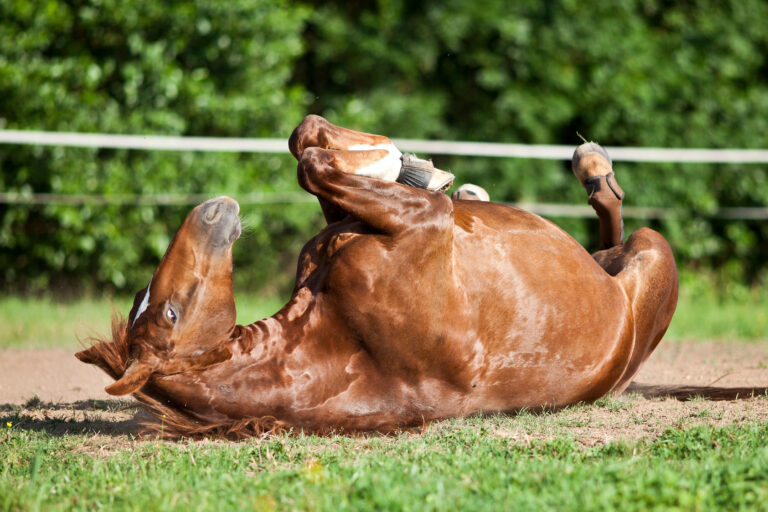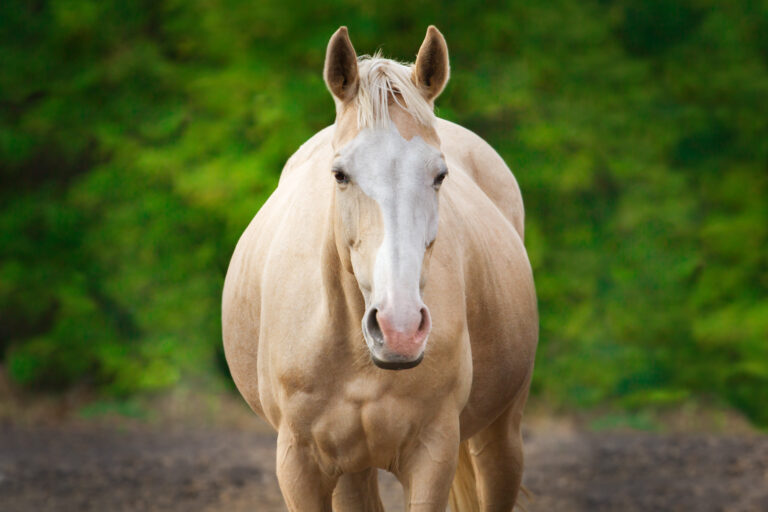
Veterinary technicians play invaluable roles in equine medicine, assisting practitioners with clinical tasks ranging from physical exams to client education. It should come as no surprise, therefore, that they must complete years of education and ongoing training to maintain licensure. During Cornell University’s May 2024 Equine Seminar Series, Jlynn Meyer, LVT, section coordinator of the university’s large animal emergency and patient care department, explained exactly what it takes. Whether you’re a student, just starting your career, or looking for a career change, this might be a rewarding and enjoyable path in equine veterinary medicine.
Understanding the Licensure
In the United States, there are currently 230 veterinary technician programs. Twenty-one of those offer four-year degrees, which Meyer said typically cater to individuals interested in practice management or becoming veterinarians. Nine programs, such as Penn Foster, offer distance learning.
“These are primarily online programs, but they do require a large number of hours working in a hospital and taking videos of you doing different tasks,” he explained.
You might be surprised to know only 37 states have vet tech licensure—it is not a nationwide licensure. And different states might have different titles for veterinary technicians who have completed an AVMA-accredited program and passed the Veterinary Technician National Exam (VTNE), Meyer explained. These titles include Licensed Veterinary Technician (LVT), Registered Veterinary Technician (RVT), or Certified Veterinary Technician (CVT). These titles all essentially mean the same, and some organizations are adopting the term Credentialed Veterinary Technician (CrVT).
You also have veterinary assistants, who train on the job or complete a 6- to 12-month certification program instead of earning a college degree and obtaining licensure. Veterinary assistants’ responsibilities revolve around husbandry duties such as grooming, feeding, and restraining patients. They cannot legally perform some of the tasks a licensed veterinary technician does.
Qualifications to Become a Vet Tech
To become a vet tech, you must graduate high school and get admitted to an AVMA-accredited institution. At a minimum, you must earn an associate degree in veterinary technology, but you can also get a bachelor’s. A bachelor’s degree in veterinary technology either involves more scientific classes or practice management, Meyer noted.
Otherwise, common class topics include anatomy and physiology, medical terminology, animal restraint, radiology, pharmacology, microbiology, clinical pathology, nutrition, anesthesia, and surgical nursing. Most classes include hands-on labs. After graduating, you then must sit for the VTNE, which is a 170-question multiple-choice exam that takes about three hours to complete.
Your education doesn’t stop there, however. “We do have to maintain our licensure,” said Meyer. “We must complete a certain amount of continuing education in our career. This varies state by state, but in New York we have a requirement of completing 24 hours of CE every three years.”
Continuing education can be a combination of RACE-approved online and in-person courses, and your state will require a certain number of in-person courses, wet labs, etc. “This is just to make sure everybody stays up to date with all the relevant information in our industry because, as we know, medicine changes constantly,” said Meyer.
Some vet techs choose to specialize in large animal internal medicine or equine veterinary nursing. These programs take three to five years to complete. “You have to complete a certain number of hours working in a hospital, performing certain tasks, completing case studies and also write some case reports and sit for another exam,” he said.
Vet Tech Job Responsibilities
Licensed equine veterinary technicians perform a wide range of tasks in the veterinary clinic or the field. Meyer provided just a few examples:
- Take radiographs for veterinarians to assess.
- Administer and monitor anesthesia.
- Administer intramuscular or intravenous injectable medications.
- Collect diagnostic samples.
- Conduct lab tests such as complete blood counts and fecals.
- Maintain medical records.
- Catheter placement.
- Triage emergencies.
- Perform physical exams.
- Neonatal ICU care.
- Prepare animals, instruments, and equipment for surgery.
- Client education
“We are often compared to registered nurses in human medicine, as we handle similar responsibilities ranging from patient care and medical procedures to lab and diagnostic work,” Meyer explained. “However, even though we are closely related, we do not use the title veterinary nurse.”
This is because 35 states have a restriction and title protection on the term “nurse,” so it can only be used in human medicine. In other countries, such as Australia and the U.K., you will hear veterinary technicians called veterinary nurses.
For more info about equine vet tech roles and responsibilities, watch Meyer’s presentation in its entirety: https://www.youtube.com/@CornellVet. The Cornell Equine Seminar Series are monthly virtual talks presented by equine experts on important equine health and management topics. The seminars are free to attend and open to the public. Please visit their website for further information.
Related Reading
- Commentary: The Benefits of Joining Your Association’s Executive Board
- AAEVT Releases Guidelines for the Utilization of Equine CrVTs
- AAEP Business Coverage: Better Utilization of Veterinary Technicians
Stay in the know! Sign up for EquiManagement’s FREE weekly newsletters to get the latest equine research, disease alerts, and vet practice updates delivered straight to your inbox.




